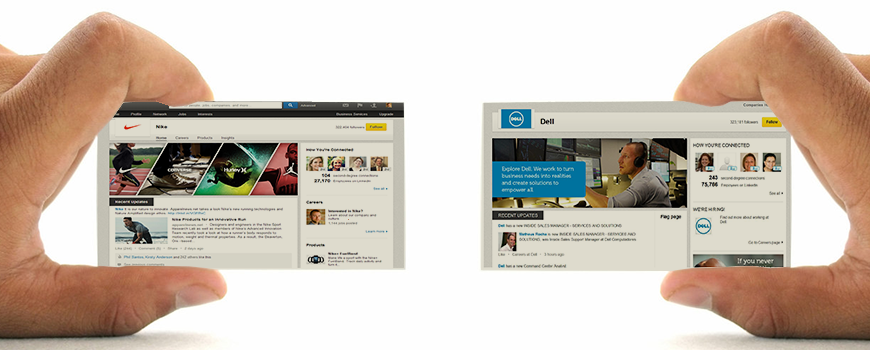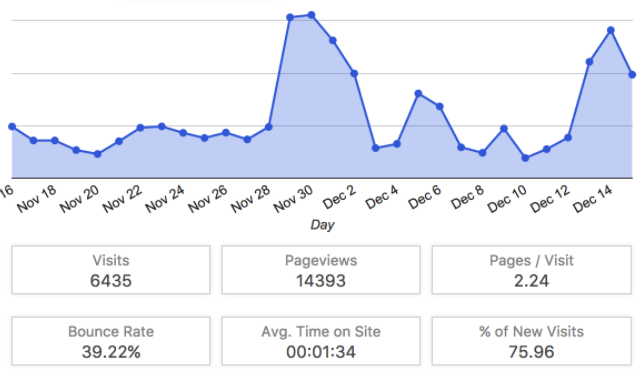Business owners across all verticals are always looking for the best social media platforms to…

LinkedIn – 7 Best Practices for Business
Post #2 of 6 in the series: Social Media Best Practices
According to a recent Forbes article, LinkedIn has over 300 million global members and over $95 million in revenue from its Premium Member subscription service. Company page usage has more than doubled over the past year, to 57%. Usage of LinkedIn company pages has reportedly led to large increases in Google search traffic as well as organic traffic from LinkedIn. Often considered the professional social network, LinkedIn can be a very important tool for assisting businesses with everything from social selling to networking to recruiting. Below are 7 best practices for businesses using LinkedIn.
1. Determine the business objectives specific to LinkedIn. Some standard objectives include lead generation, hiring, brand awareness and establishing credibility. When determining the business objective, consider the audience. Will LinkedIn connect your business to customers, vendors, partners, and/or candidates? This will provide focus for the way LinkedIn integrates with the overall marketing plan.
2. Establish a company presence by designing a company page specific to your business objective. Including descriptive language helps readers understand the company better and increases engagement. While it is helpful to include product and service information, it is also important to remember the target audience and business objective. Dropbox has over 70,000 followers on their company page, which provides information about their cloud storage products and also the company work environment. They include videos, images and links to make their page more interesting and appealing.
3. Optimize for Search. Company Pages are very SEO friendly and can display up to 156 characters on Google when users search for your business. Including keywords in the page text and descriptions will increase the SEO opportunities for the company page and likely drive more traffic.
 4. Provide real value. Post updates that actually help customers. Adobe consistently posts helpful information for their targeted audience. Because the content is valuable, they receive many likes and comments.
4. Provide real value. Post updates that actually help customers. Adobe consistently posts helpful information for their targeted audience. Because the content is valuable, they receive many likes and comments.
5. Be Direct and include a call to action. Hewlett Packard does a good job utilizing LinkedIn as a recruiting tool. Their company page is focused on hiring as well as many of their updates and posts. The post below is an example of a direct way to engage a targeted audience. The photo and caption are inspiring. The question posted encouraged many people to like the post and submit comments.
6. Use groups. LinkedIn groups are a way for professionals to share content, provide answers, post and view jobs, make business contacts and establish themselves as industry experts. Joining and creating groups can be a great way to extend the reach of your LinkedIn network. Creating conversations and providing answers can be a great way to establish credibility and build awareness of your company and team on LinkedIn.
7. Last but not least: Analyze. As with any marketing strategy, analyzing data can provide insights and optimization opportunities. Measure engagement on LinkedIn by studying the ratio of clicks, likes, comments and shares to the total impressions. Experimenting with different types of posts, content and media will help gauge overall effectiveness. Define benchmarks upfront and identify targets or goals for engagement and growth. As the strategy evolves, continue tracking and measuring and look for increases.




